Nun komm der Heiden Heiland - a set of chorale preludes
I've had a soft spot for the chorale prelude on Nun komm der Heiden Heiland (BWV 599 - there are a few other settings as well) for a long time. It was one of the first chorale preludes I ever learned to play on the organ, and even today conjures up for me images of practicing in a dark winter's church, and the excitement of knowing it's nearly Christmas.
Another reason, I suspect that I love this so much (besides the sheer joy of playing any Bach) is the antiquity of the work. The hymn first surfaces as the plainchant Veni redemptor gentium, words written by St. Ambrose in the 4th century AD
The hymn was subtly re-imagined by Martin Luther as the chorale, Nun komm der Heiden Heiland. For translation see here. (Schola Cantorum Riga do a very effective "mash-up" of this).
The hymn tune is used to great effect at the close of the ballet of the Red Shoes in the film of the same name. The dancer, who is being danced to death by her shoes, has moved through time and space, and is now brought back to earth again with a sombre setting of Nun komm.(Watch from 12 mins, 55 secs).
Of course the tune has much in common with the dancer, it seems to have effortlessly flowed through the centuries, adjusting here and there as times change, but remaining instantly recognisable.
Bach returned to the hymn tune many times in his life writing several versions of the chorale prelude, and a couple of cantatas based around it too. BWV 599 is almost certainly the earliest, most basic version (this may be one of the reasons I love it, as there is both a simplicity and a complexity to the work as it moves from darkest minor to glowing major). Part of the Orgelbuchlein, it was probably intended for Advent services in 1714, while Bach was working as a court composer in Weimar. I think it's interesting that he should have composed a chorale prelude that so closely follows the structure of a basic hymn tune, rather than going for the more florid complexity that you might have expected from someone who was working in a court.
You can compare this to his later chorale preludes of Nun komm BWV 659-661, three of the Great Eighteen chorale preludes that Bach composed during his final years in Leipzig, but based firmly on the simplicity of the Orgelbuchlein of 30 years before.
The first is in many ways the simplest - it's basically a more decorated version, full of melisma, of the earlier simple Weimar prelude. It has a wonderful walking bass-line, a particular favourite with German organists of the period. As an organist, the two pieces have always struck me as an organist's rite of passage - this is where you start, this is where you can go. Always striving upwards, this is such a joyful work.
BWV 660 builds on this. It's in trio form - often one of the most challenging forms for an organist. An organ trio does what it says - the music will have three lines to it (think 3 vocalists). The lines will often cross each other, so you will need two manuals plus the pedal board. Every line needs to sing, and sound effortless - even when it's supremely difficult! It's a much brighter sounding version of the chorale, partly because Bach plays around with the key much more here. There's a more persistent striving towards the major. And he varies the tone-colour by alternating between sections using both hands and feet, and sections which rely on the use of the left hand and pedals. There are some nasty leaps in the pedal part though for the unwary! This recording of BWV 660 may not be the best you'll ever hear, but it's truly fascinating as the organ is a contemporary of Bach's, built in 1696.
Finally the last version of Nun komm makes use of the form in which Bach was a master - fugue. The trio had danced on the edges of fugue, threatening to turn into one, but not quite getting there. BWV 661 opens as a triumphant G minor fugue in 3 parts - but where's the chorale tune? It seems Bach has forgotten about it, and then it enters triumphantly sounding through in the pedal part. I've never heard (or played) a Bach fugue yet that hasn't made me smile. I defy you not to smile while listening to this one. The tune may be sombre, but with that glorious counterpoint running over the top, how can you not be happy?
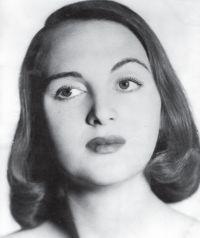
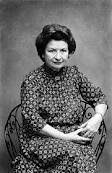


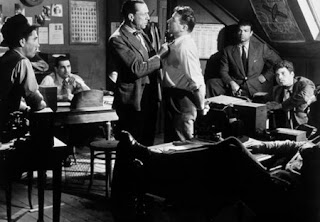
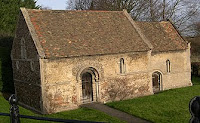
.jpeg)

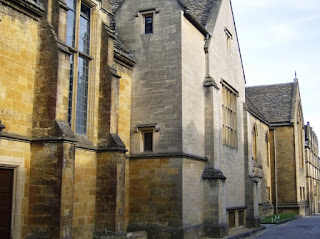
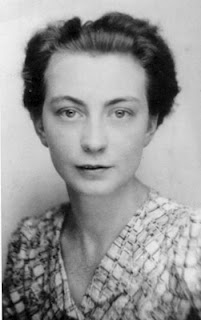
Comments